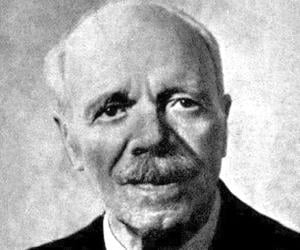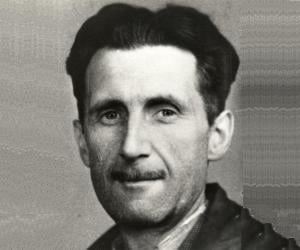Born In: Nainital, Uttarakhand, India
Jim Corbett
(Hunter, Naturalist)
Edward James Corbett, better known as Colonel Jim Corbett CIE VD, was a hunter, tracker, and author. He is best remembered for hunting man-eating tigers and leopards in British India. On several occasions, Corbett was summoned by the Government of the United Provinces of Agra and Oudh to contain the ‘man-eaters’ which had cost almost 1,500 human lives over the years. After years of hunting wild animals, he stopped after he became more compassionate towards wildlife. Jim Corbett then became a photographer. In his later life, he only used his rifle to shoot wild animals when they hurt cattle or humans. He documented many of his hunting expeditions in his books like ‘Man-Eaters of Kumaon’ and ‘The Man-eating Leopard of Rudraprayag’. Despite a record 33 kills, man-eating tigers and leopards included, Corbett had always been a big advocate of conservation of natural balance. He delivered numerous lectures and provided information to educational institutes and societies about wildlife and its importance to nature. He helped in creating Hailey National Park, the first national park of Asia, in 1936. It was later renamed in his honor as Jim Corbett National Park.
Born In: Nainital, Uttarakhand, India
22
9
22
9









